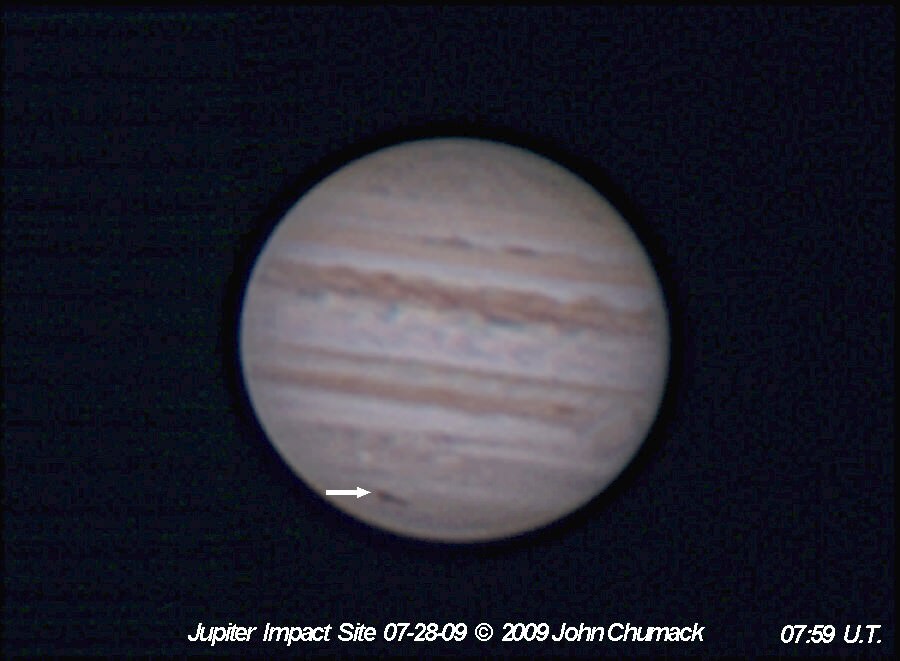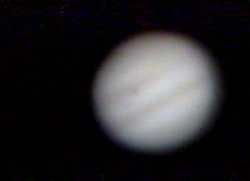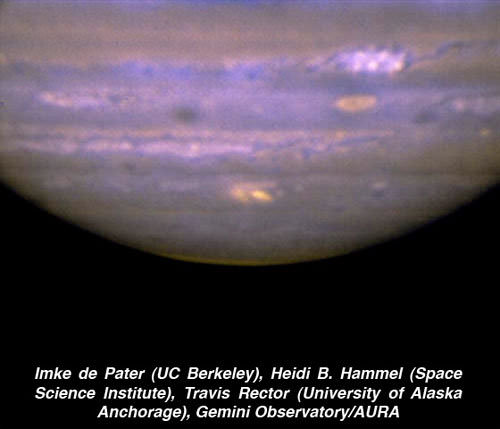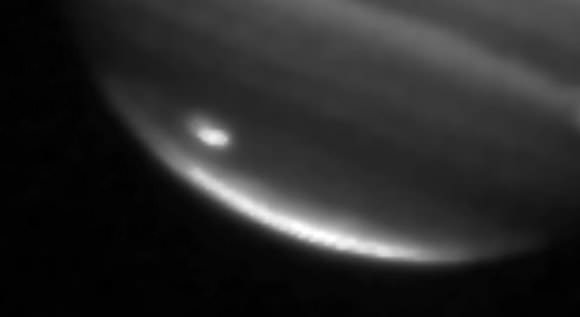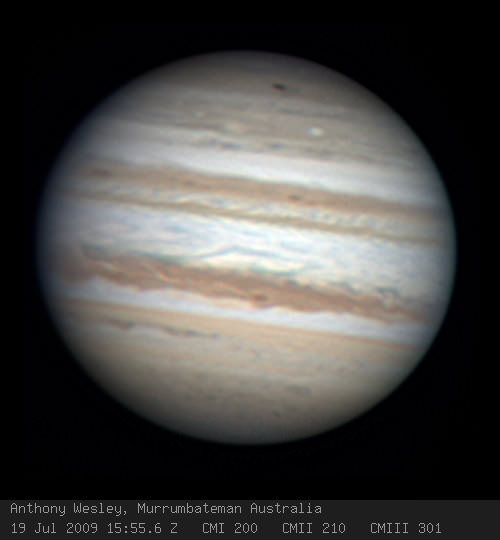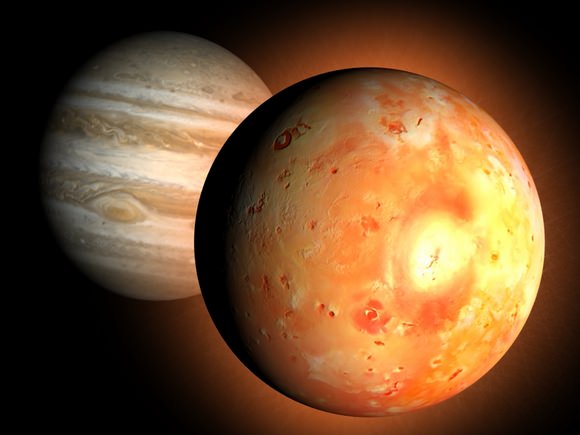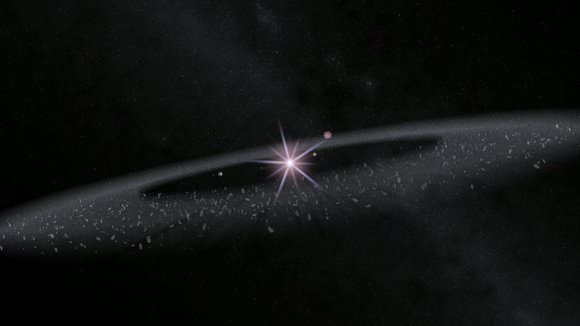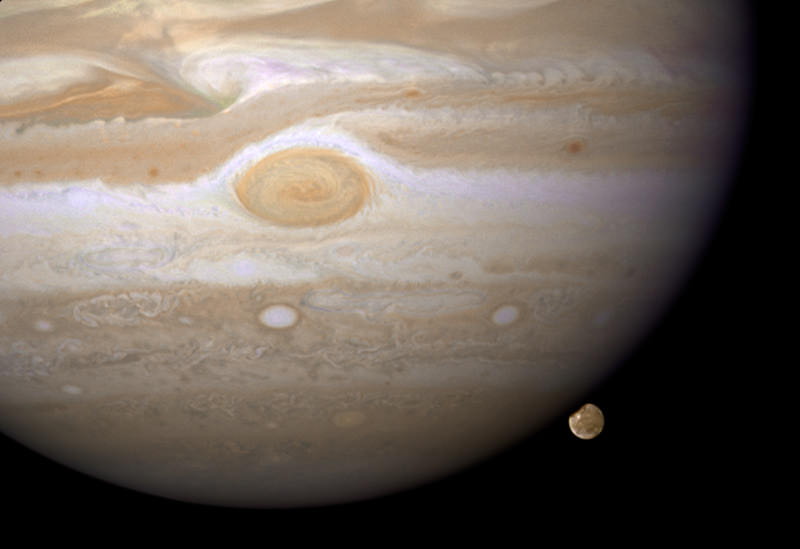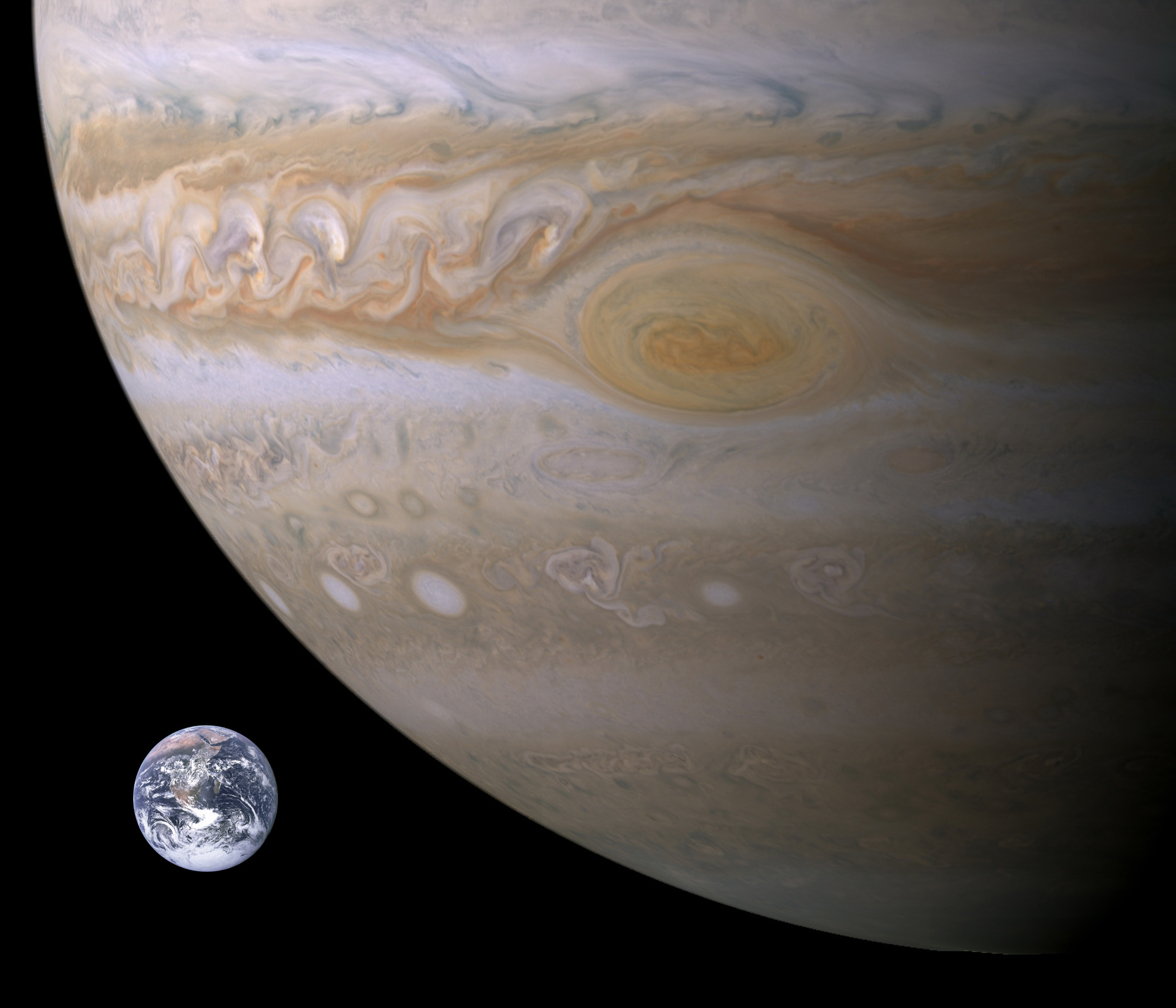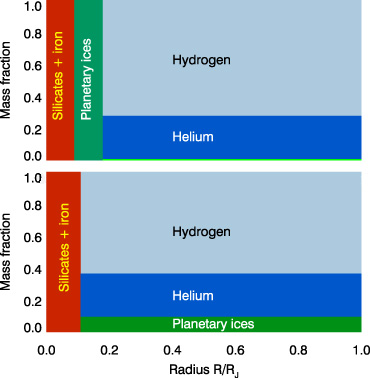[/caption]
You’ve all heard me talk about watching the Moon occult a bright star. That’s when we get a great example of stellar parallax from our Earthly viewpoint! But did you know that there are several other heavenly bodies that can cause an occultation that’s easy to view through an amateur telescope if you just know when and where to look? Then let’s take this opportunity to check it out…
On the night of August 3/4, 2009 Leonard Ellul-Mercer of Malta caught this while watching Jupiter!

What you’re seeing is a time lapse animation of the mighty Jove occulting HIP 107302, a 6th magnitude star you might know better as 45 Capricorni. How many of us may have glanced at something like that while making a cursory observation of the planet and taken it for a galiean moon? OK… It’s sixth magnitude. Not alot of you, but maybe you might not have watched long enough to know it would occult. (Besides, there’s a whole lot of cool things in that image. Watch the GRS float by, followed by the mushroom impact cloud and the whirl of the moons!)
So how do you go about getting predictions? There’s a wonderful set of worldwide resources that you can find through the International Occultation Timing Association (IOTA). This page will take you to their main frame where you can branch into several areas – including how to time occultations and submit your information. To find information on occultations by planets and asteroids for other areas of the world, be sure to visit the IOTA European section, too!
While you might watch an occultation just for fun, if you do decide to contribute your timing information you’re doing real science. By studying exactly the point in time when a star disappears and reappears, astronomers are able to take more accurate measurements of a planet or asteroid’s size and shape – and better calculate their distances at any given time. It’s a way to engage in new types of complimentary research that doesn’t require multi-million dollar equipment and gives back useful pertinent scientific data. After all, you might possibly discover a new moon of Jupiter – or one too small to be seen by your telescope – in just this way! Even a momentary dimming of a star might mean there’s something more there than meets the eye.
Enjoy your voyage of discovery! There are four major lunar events coming up during the month of August, including another Jupiter/star event for Europe. Get out there and have fun!

